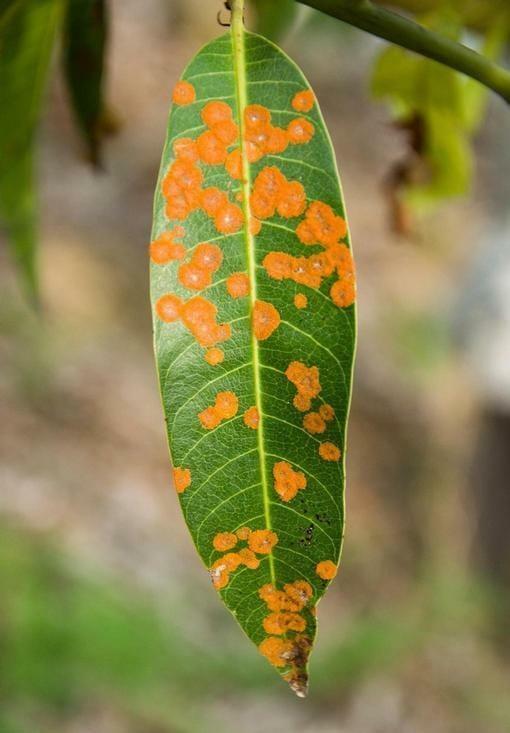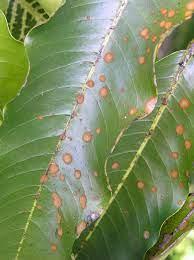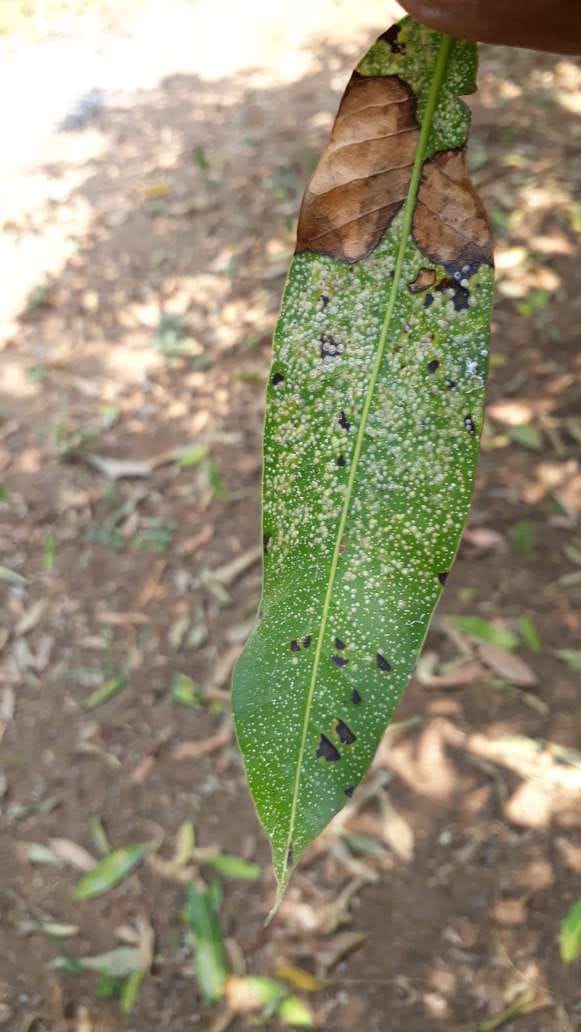Jeedi Mamidi Plant
Jeedi Mamidi, possibly referring to a specific cashew variety, may have varying care requirements. Generally, plant in well-draining soil with full sun exposure. Water consistently, especially during dry periods. Pruning can be done to shape the tree and remove crowded or dead branches. Fertilize during the growing
season.
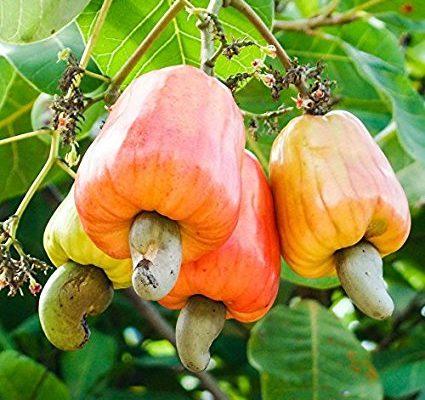
Habit
Tree
Height
6-8 meters
Growth
Fast
Soil
Well Drained, loamy
Shade
Full Sun
Moisture
Moist
Edible
Yes
Medicinal
Yes
Origin
India
Climatic Condition
Tropical, subtropical
Temperature (°)
25-35
Humidity (%)
60-75
Potting media
Organic compost, loamy soil
Fertilizers
Nitrogen-rich
Watering
High
Plant Weight
3-8 kg
Flowering Time
Summer to Fall
Soil Ph level
6.0-7.5
Water Ph level
6.5-7.0
Soil EC
0.5-0.8 mS/cm
Yield Per Plant
50-100 kg/plant
NPK ratio
10:10:10
life Span
10-15 years
Health Benefits
High in vitamins, digestive aid
Common Diseases and Remedies
Bacterial Leaf Spot .
The early symptoms are small reddish-brown leaf spots which usually occur on younger foliage, and cause the leaves to look “rusty”
Prune branches , Neem oil.
HEALTH BENEFITS
· Rich in vitamin C
· Supports immune function
· Aids digestion
What is Jeedi Mamidi?
Jeedi mamidi is Cashew is the common name of a tropical evergreen tree Anacardium occidentale, in the family Anacardiaceae. It is native to South America and is the source of the cashew nut and the cashew apple, an accessory fruit. 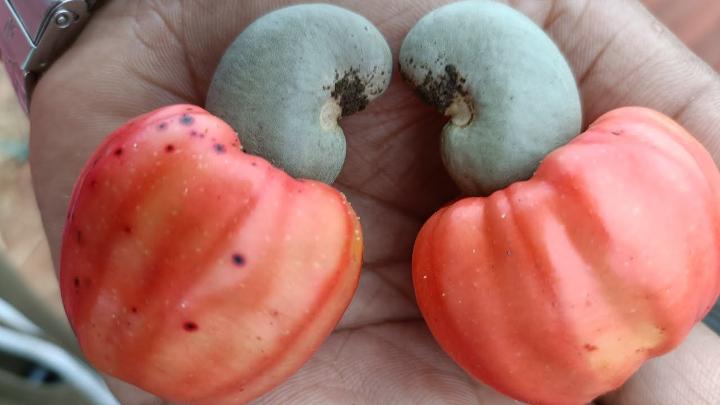
What types of Nuts are there in Jeedi Mamidi?
1. Nam Duc Mai:
Known for its sweet, aromatic taste and smooth texture, Nam Duc Mai mangoes are popular not only in Thailand but also overseas.
2. Keo Savoy:
This variety is loved for its firm flesh and sweet taste. Keo Savoy mangoes are often used in salads, desserts, and snacks.
3. Okrong:
Okrong mangoes are characterized by their elongated shape and yellow-green skin, and are sweet and slightly sour. It is commonly eaten raw or used in a variety of dishes and drinks.
4. Mahachanok:
Also known as rainbow mango due to its colorful appearance, Mahachanok mango has a unique blend of sweet and spicy flavors. It is often used in desserts and fruit salads.
5. Chok Anan:
This type of mango is known for its rich, sweet flavor and non-fibrous pulp. Chok Anan Mangoes are often eaten raw or used in smoothies and desserts.
How to care for Jeedi Mamidi?
Location
Jeedi Mamidi are typically grown in areas with tropical climates, plenty of sunlight, and well-drained soil. The most important mango-growing regions in Thailand include Chanthaburi, Rayong, and Trat provinces in eastern Thailand.
Sunlight
They typically require at least 6 to 8 hours of direct sunlight per day to develop healthy leaves and produce high-quality fruit. In areas with insufficient sunlight, mango growth may be delayed and fruit yield reduced. Therefore, choosing a sunny location for growing mangoes in Thailand is essential for successful cultivation.
Soil
Jeedi Mamidi grow in well-drained, very fertile soil. The ideal soil for growing mangoes in Thailand is loamy or sandy loam with good drainage and aeration. Mango plants do not tolerate waterlogging, so well-drained soil is important to prevent root rot and other moisture-related problems.
Hydration
Jeedi Mamidi plants require regular watering, especially during dry seasons and drought. Proper hydration is essential for healthy growth, flowering, and fruit development. Mango trees need to be watered deeply so that the water penetrates into the roots.
Nourishment
Jeedi Mamidi plants require sufficient nutrients to support growth, flowering, and fruiting. The most important nutrients required by mango plants include nitrogen (N), phosphorus (P), potassium (K), and micronutrients such as iron, magnesium, and zinc.
Issues
*Pests and Diseases:* Jeedi Mamidi plants are susceptible to various pests and diseases such as mango fruit fly, anthracnose, powdery mildew, and mango leafhopper. Controlling these pests and diseases through cultural practices, biological control methods, and judicious use of pesticides is important to prevent yield losses.
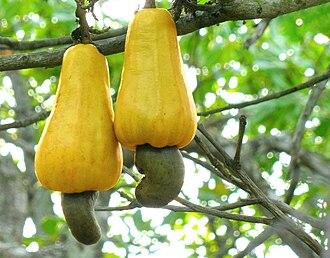
Frequently asked questions about growing Jeedi Mamidi
How do you care for Jeedi Mamidi
1. *Water:* Water your mango tree regularly to ensure it has enough moisture, especially during the dry season. Water generously to encourage deep root growth, but don't allow water to pool in the soil.
2. *Fertilization:* Apply a balanced fertilizer containing nitrogen (N), phosphorus (P), potassium (K) and micronutrients to provide the necessary nutrients to the mango tree. Fertilize according to soil test results and the growth stage of the tree, and adjust the amount of nutrients as necessary.
What is Jeedi Mamidi used for?
1. *Raw consumption:* Cashews are usually consumed raw, either sliced or eaten whole. Sweet and aromatic Jeedi Mamidi varieties such as Nam Doc Mai and Kaew Savoy are enjoyed as refreshing snacks and desserts.
2. *Cooking Uses:* Cashew is a versatile ingredient used in a variety of dishes and recipes. It is added to salads, salsas, chutneys, smoothies, desserts, and savory dishes to create a unique taste and texture.
3. *Food Processing:* Cashew are processed into various foods such as mango juice, nectar, puree, concentrate, jam, jelly, and dried mango slices. Mango processed products are popular both domestically and internationally.
Can Jeedi Mamidi be grown indoors?
1. *Choose a dwarf variety:* Choose a dwarf or miniature mango variety that is suitable for container cultivation. These varieties are more compact and suitable for indoor cultivation.
2. *Provide Adequate Light:* Place your mango tree in a location where it receives at least 6 to 8 hours of bright, indirect sunlight a day. If you don't have enough natural sunlight, you can use additional grow lights to increase the light intensity.
Which pot is best for growing Jeedi Mamidi plant
Size
Material
Drainage Hole
Insulation
Appearance
From where can I shop Jeedi Mamidi plants?
1. Local Nurseries and Garden Centers
2. Online Plant Retailers
3. Specialty Fruit Tree Nurseries
4. Agricultural Extension Offices
5. Online Marketplaces
6. Farmers' Markets and Plant Sales
